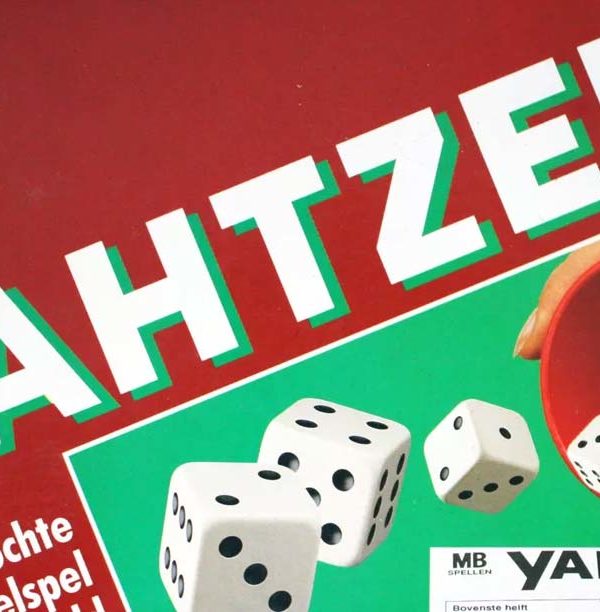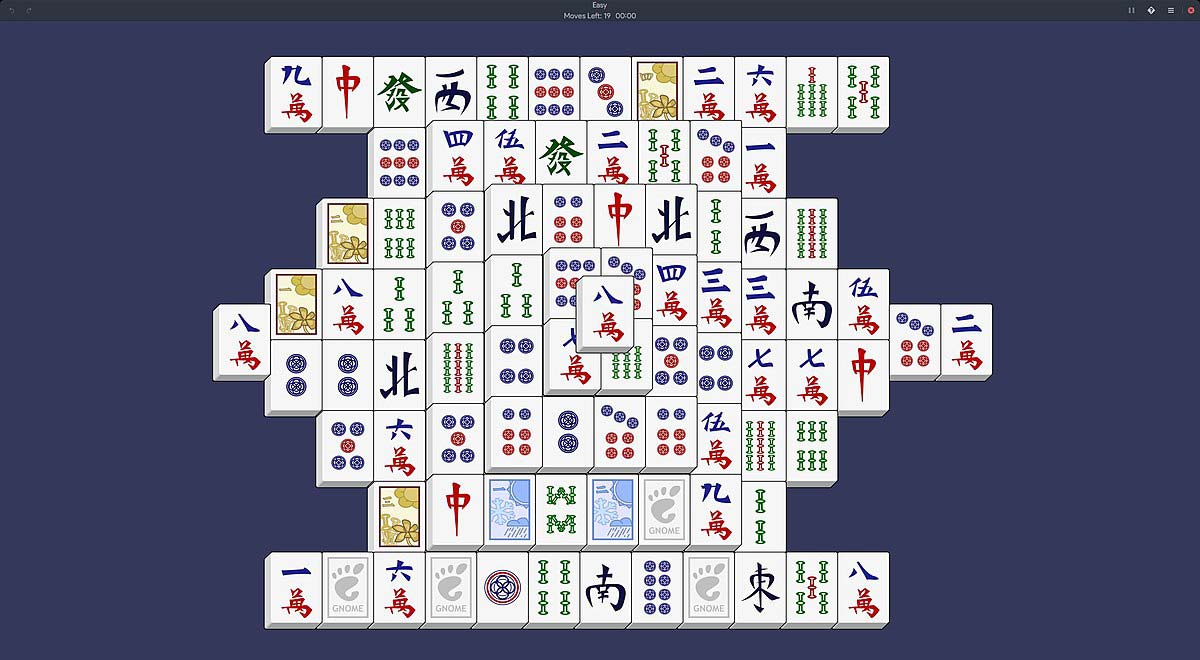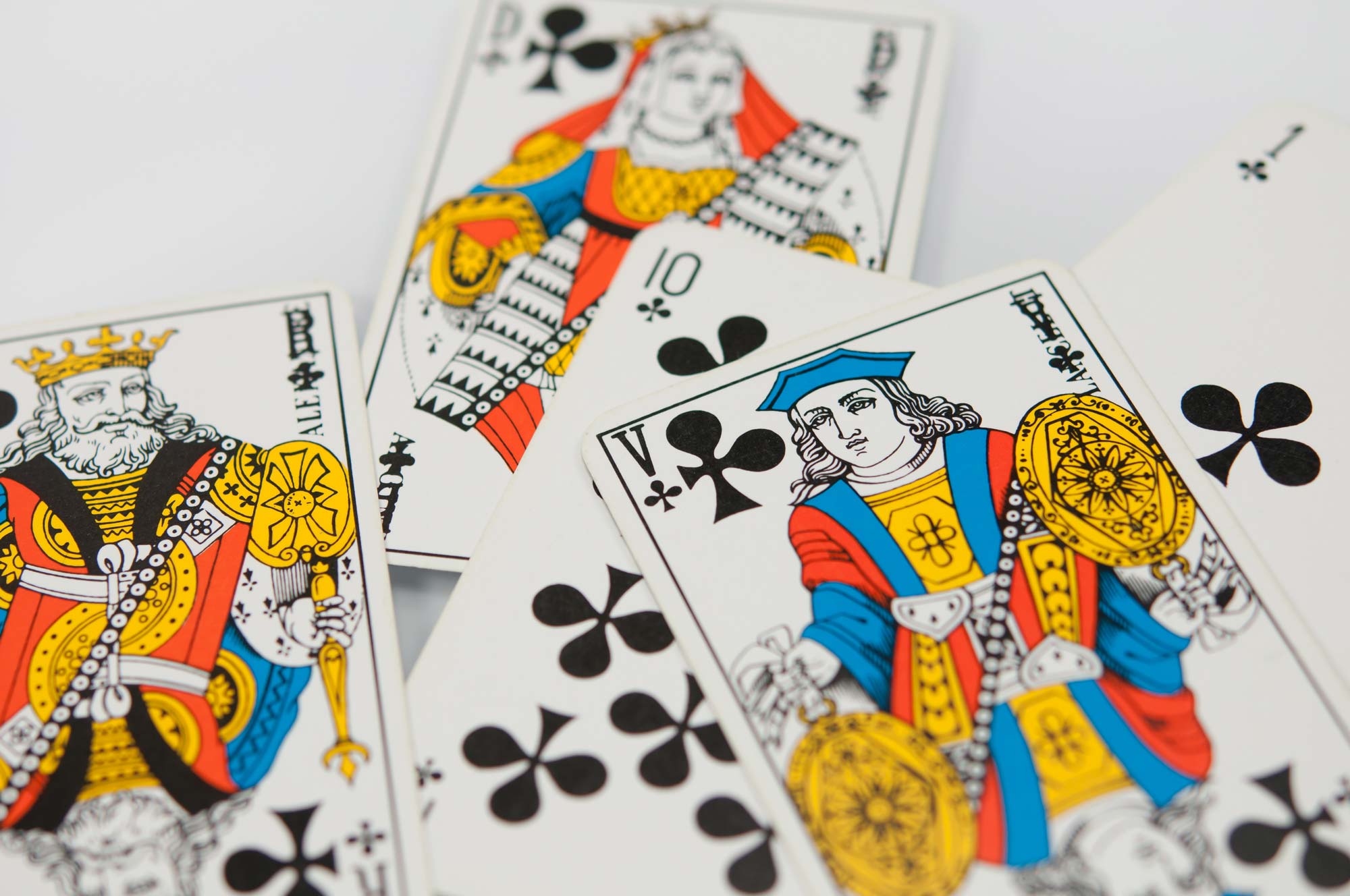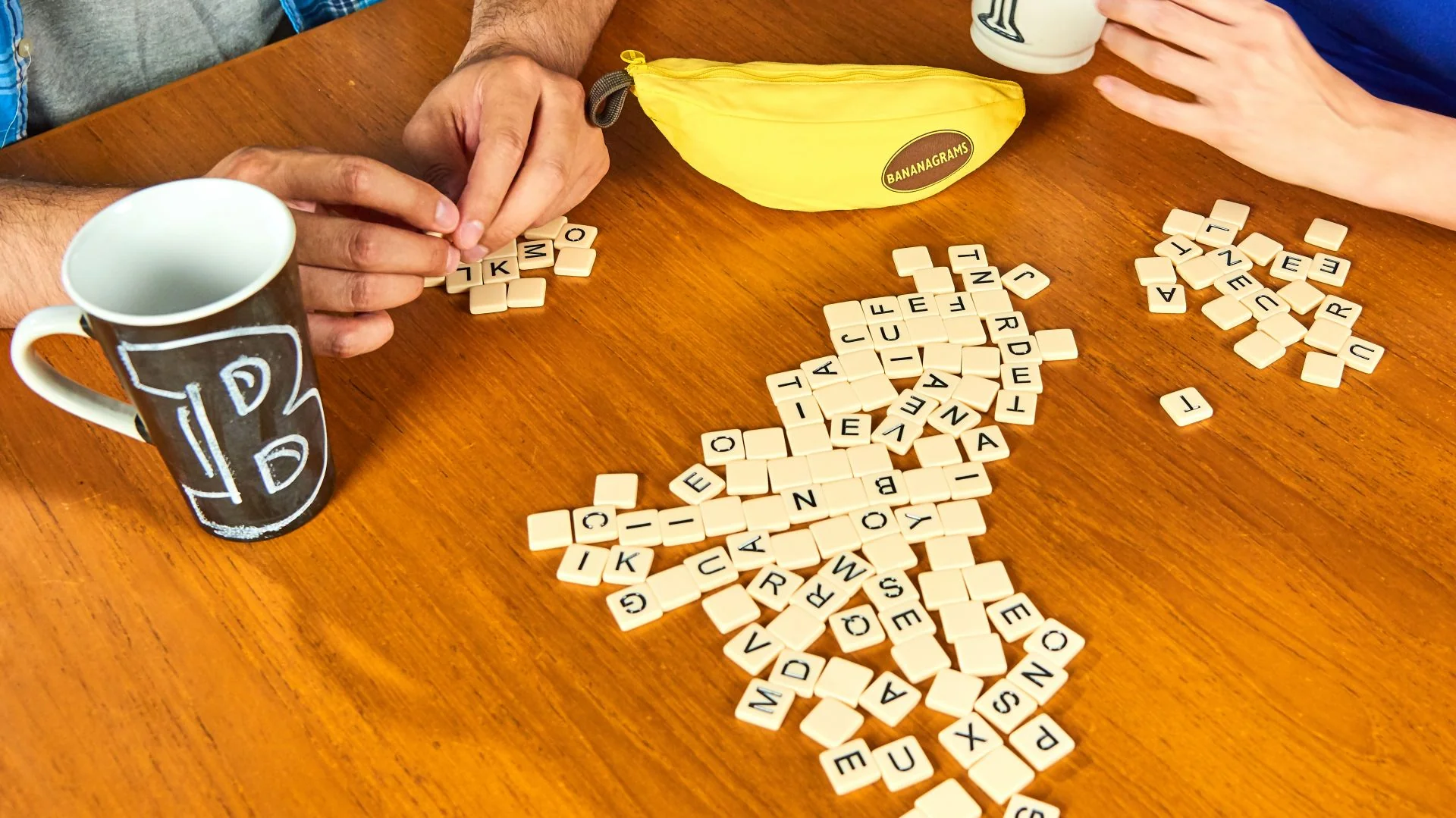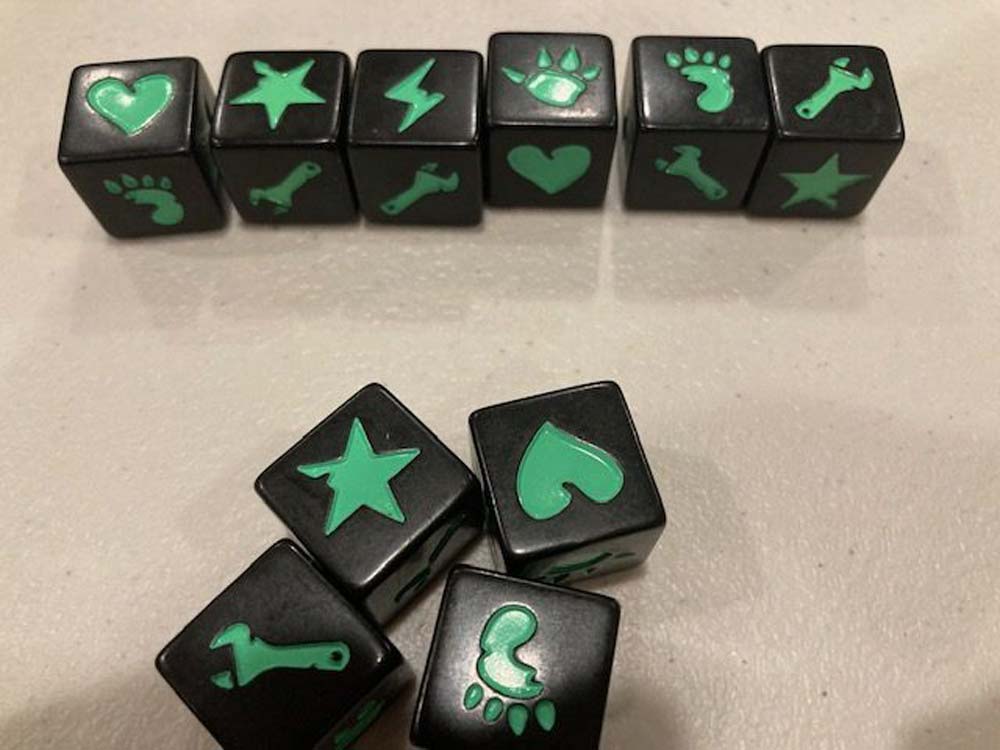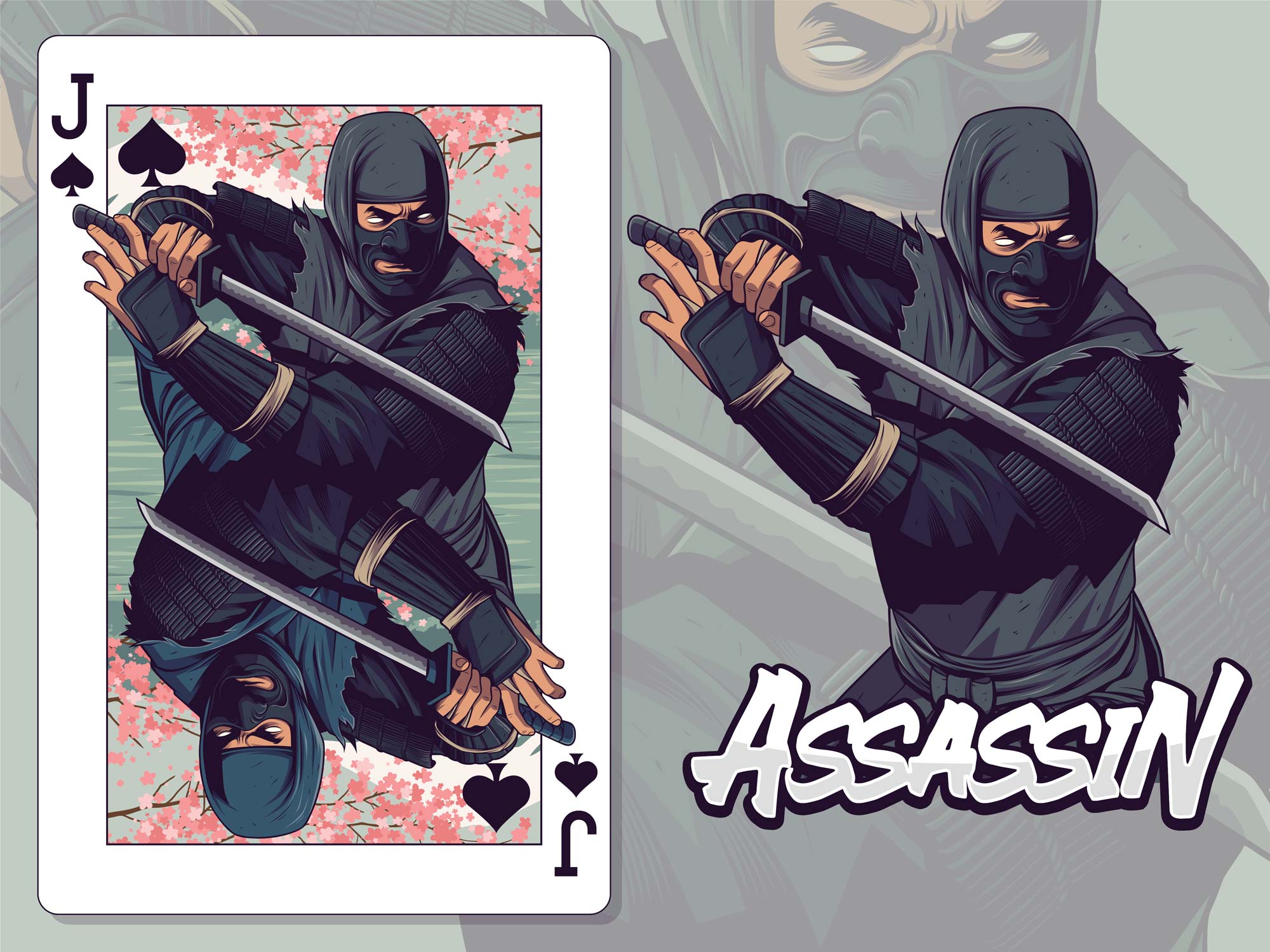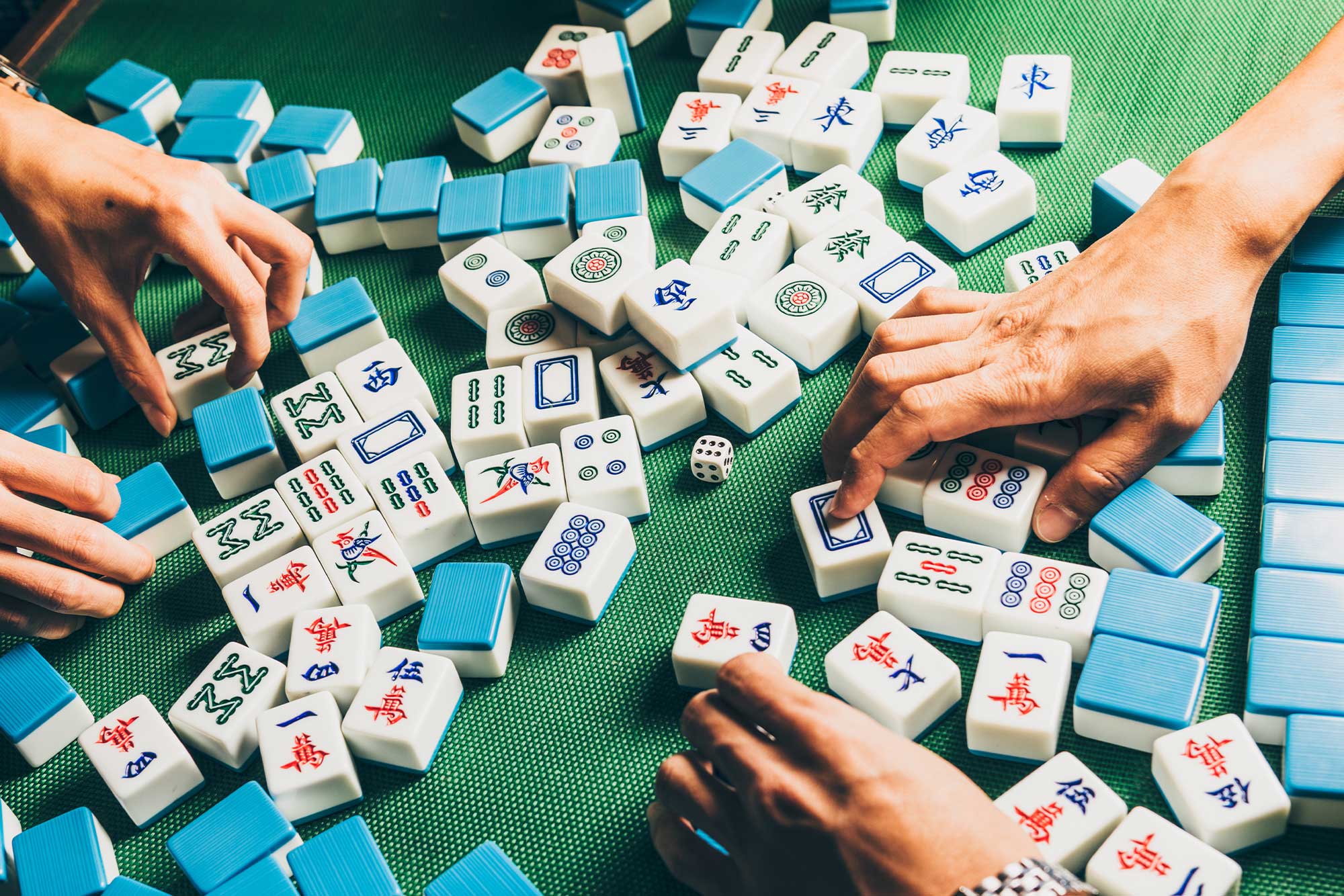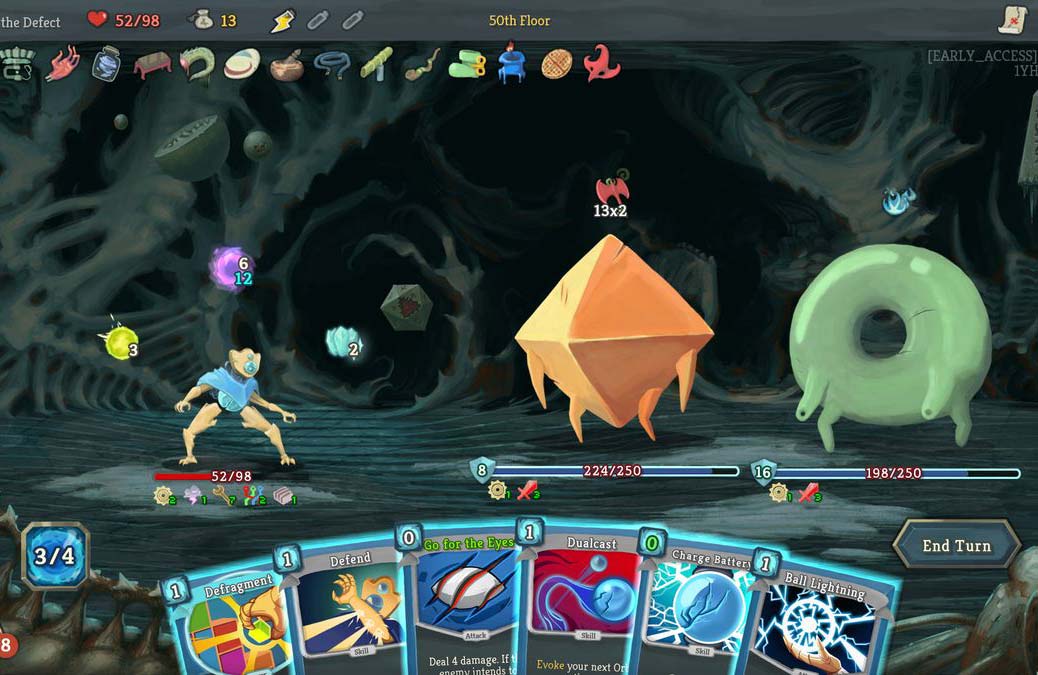
Picture this: You’re in a bustling tea house in ancient China, the scent of jasmine tea filling the air as people gather around tables, eager to test their skills and luck. Among the many games played, one stands out for its blend of strategy, chance, and cultural significance—Tien Gow. This ancient dice game, also known as “Heaven and Nine,” has captured the hearts of players for centuries with its intricate rules and engaging gameplay. So, grab a cup of tea, gather your friends, and get ready to dive into the fascinating world of Tien Gow.
Country of Origin: China
Date of Origin: Song Dynasty (960–1279 AD)
Regions popular in: China, Southeast Asia
Family: Tile games, Dice games
Also Known As: Heaven and Nine, Tianjiu
Variants: Pai Gow, Che Deng, Tien Kow Pai
Game Rules
Objective of the Game
The goal is to create the highest-ranking combination of dice pairs to win rounds and ultimately accumulate the most points.
Number of Players
Typically, 2-6 players.
Dice Information
- Tien Gow uses 32 dominoes or 4-sided dice (in modern versions).
- Each tile or die face has a combination of dots, representing different values.
Setup
- Mix the dominoes or roll the dice to shuffle them.
- Each player draws or rolls a set of four tiles or dice.
- Arrange the tiles or dice into pairs.
Basic Gameplay
- Creating Pairs: Players arrange their four tiles or dice into two pairs, aiming for the highest possible ranking combinations.
- Comparing Pairs: The pairs are compared according to a fixed ranking system. The highest-ranking pair wins the round.
- Scoring: Points are awarded based on the winning pairs. The player with the highest total score at the end of the game wins.
Winning Conditions
- The game continues for a predetermined number of rounds or until a set point target is reached.
- The player with the highest score at the end of the game is declared the winner.
Key Terms
- Pairs: Two tiles or dice grouped together to form a combination.
- Ranking System: The hierarchy of combinations, with some pairs being higher-ranked than others.
- Heaven Pair: The highest-ranking combination in the game.
Strategy and Tips
Alright, aspiring Tien Gow masters, it’s time to up your game. Here are some tips to help you navigate the intricate world of Tien Gow and outsmart your opponents.
Master the Rankings: Familiarize yourself with the ranking system. Knowing which pairs are the highest can give you a strategic edge when arranging your tiles or dice.
Observe Your Opponents: Pay attention to how your opponents arrange their pairs. This can give you valuable insights into their strategies and help you plan your moves accordingly.
Balance Risk and Reward: Sometimes, going for a risky high-ranking pair can pay off, but other times, a safe, moderate pair can keep you in the game. Strike a balance between risk and reward to maximize your chances of winning.
Adapt Your Strategy: Be flexible and ready to change your strategy based on the pairs you draw or roll. Adaptability is key to mastering Tien Gow.
Historical Background
Tien Gow, also known as “Heaven and Nine,” has a rich history dating back to the Song Dynasty in China (960–1279 AD). The game is believed to have evolved from earlier dominoes and dice games, gaining popularity for its strategic depth and engaging gameplay.
The name “Tien Gow” translates to “Heavenly Nine,” reflecting the game’s significance and cultural importance. Over the centuries, Tien Gow has remained a beloved game in China and Southeast Asia, often played in social gatherings and festivals.
The game’s intricate rules and ranking system have fascinated players for generations, making it a staple in traditional Chinese gaming culture. Its enduring popularity is a testament to its timeless appeal and the joy it brings to those who play it.
Popularity and Cultural Impact
Tien Gow’s popularity has endured for centuries, thanks to its engaging gameplay and rich cultural heritage. The game is particularly popular in China and Southeast Asia, where it is played by people of all ages. Tien Gow has also gained a following in other parts of the world, where it is enjoyed by enthusiasts who appreciate its complexity and challenge.
The game’s cultural significance is evident in its continued presence in traditional Chinese festivals and celebrations. Tien Gow is often played during Chinese New Year and other important events, symbolizing luck, strategy, and camaraderie.
Tien Gow has also inspired variations and adaptations, such as Pai Gow and Che Deng, each with its unique twist on the classic rules. These variations keep the game fresh and exciting, ensuring that it remains a favorite among players.
Legends and Funny Stories
Over the years, Tien Gow has generated its fair share of amusing tales and memorable moments. One legendary story involves a group of friends who played the game during a long train journey. As the hours passed, their laughter and excitement grew louder, drawing the attention of other passengers. By the end of the trip, half the train car was gathered around, cheering and joining in the fun.
Another funny anecdote comes from a family reunion where a young child managed to outsmart her elders by creating a high-ranking pair with an unconventional strategy. Her unexpected victory earned her the nickname “Tien Gow Genius” and left everyone in stitches.
These stories and many more highlight the fun and camaraderie that Tien Gow brings to the table, making it a game that creates lasting memories.
Conclusion
There you have it, folks. Tien Gow is more than just a dice game—it’s a blend of strategy, history, and pure enjoyment. Whether you’re a seasoned player or new to the game, there’s always something new to discover and appreciate in the world of Tien Gow.
Next time you gather your friends and family for a game night, let the rich history and strategic depth of Tien Gow add an extra layer of excitement. Enjoy every clever play, every well-planned pair, and every triumphant moment.
Ready to shuffle the tiles or roll the dice and dive into the world of Tien Gow? Let the games begin!

